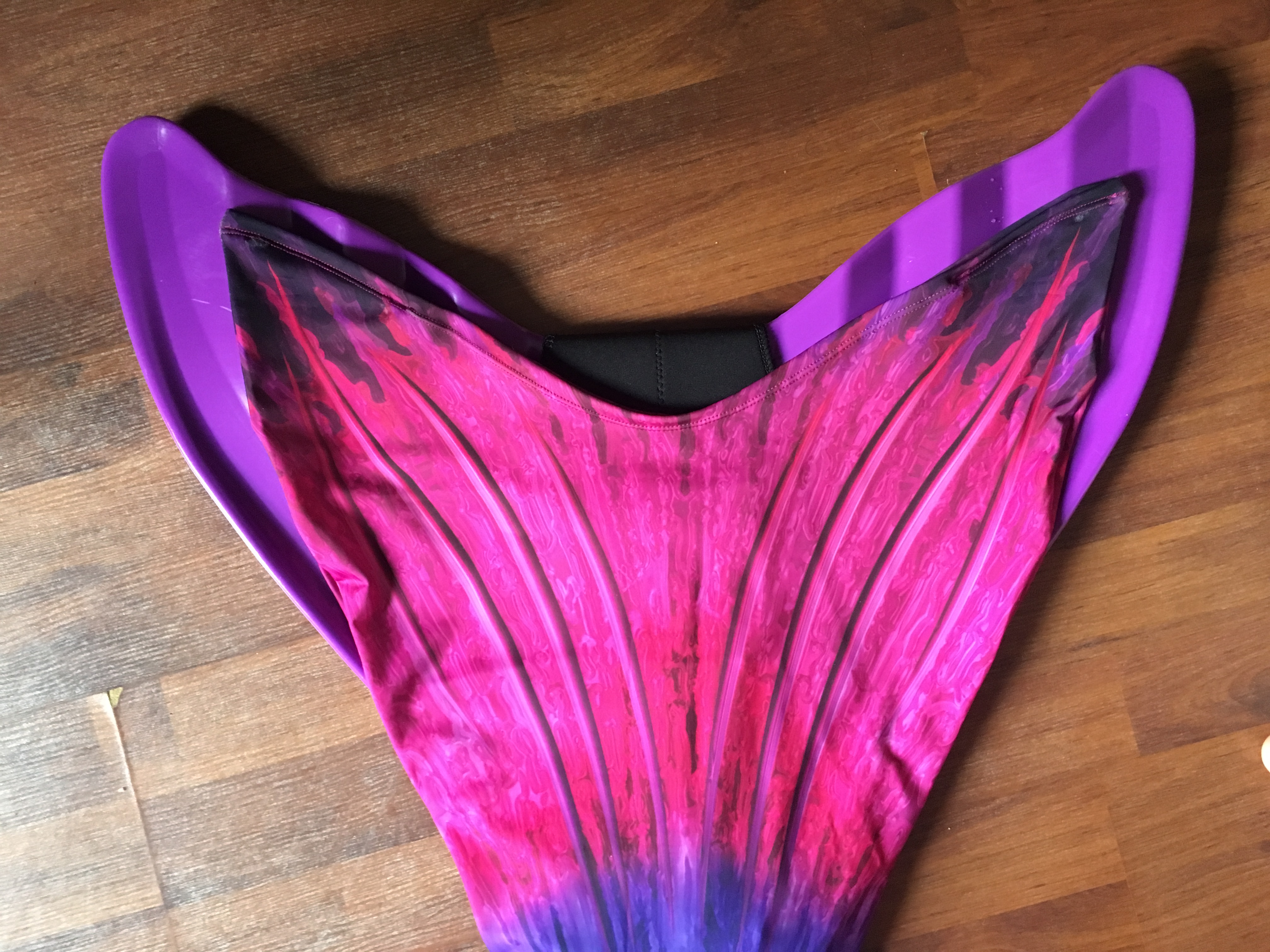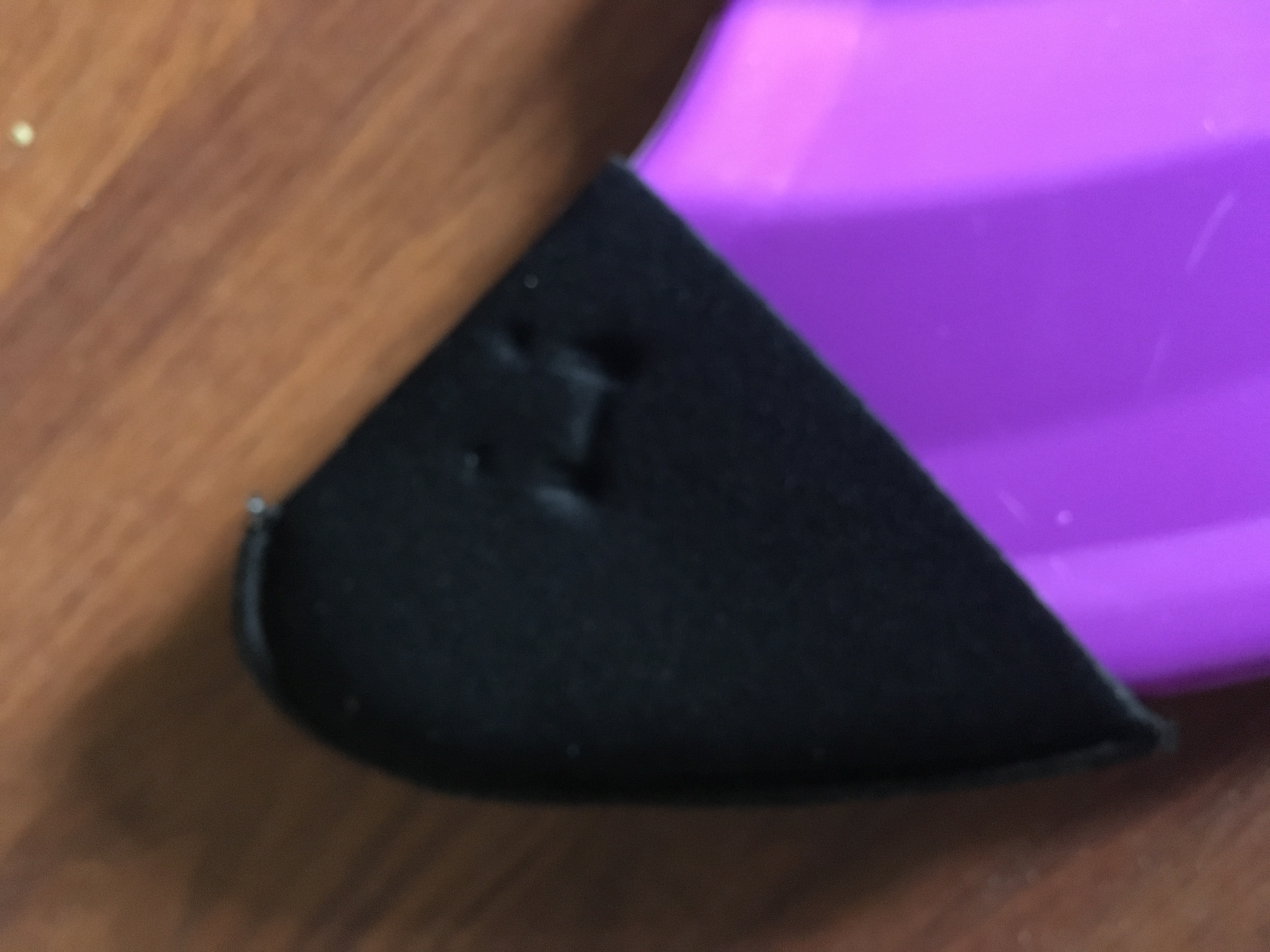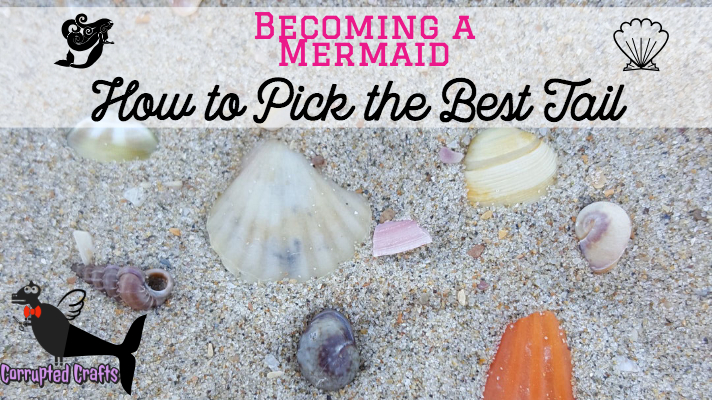Swimmable mermaid tails are absolutely amazing to swim in, as they make you feel lightweight and very fast in the water. This guide will help you figure out what the best plan is and see if mermaiding is really a hobby you feel is worth taking up.
Parts of a Mermaid Tail and how they Work Together

There are two main piece of the mermaid tail, the skin and the monofin. Some tails have side fins sewn into the sides or back, and these are purely decoration. The monofin is like two flippers together, like a whale fluke. The monofin is where all of the power is, and what propels you through the water at higher speeds. The skin of the tail keeps your legs together, and helps you be more water dynamic. Plus they are always pretty and what make you really look the part.
Monofin Shapes and Sizes

Monofins come in all shapes depending on your tail and where you got it from. They often come in a few different sizes for adults and children. Fabric covered monofins are like wearing socks that strap your feet to a piece of very expensive plastic, as monofins are usually about 30-60 dollars by themselves.
Starting off Mermaiding: Why Fabric Mermaid Tails are the best Starting Point
Silicone mermaid tails range from 900 up to 10,000 dollars. That is a lot of money to invest, especially if you just want to try it out or are still growing, as silicone tails are formed to exactly your body shape, so if you grow or gain weight, the tail becomes useless. For beginners or just normal people, fabric tails are the way to go because typically you can get a good fabric mermaid tail for about 100-150 dollars including monofin. Silicone tails can also weigh up to 50 pounds, whereas the fabric tail is typically no more than ten pounds. Plus the fabric is less hot and more breathable, unlike silicone.
The best and Cheapest Mermaid Tails
I currently have a Sun Tail, which is absolutely amazing and comfortable. Other brands, such as FinFun, are also great tails to start with, however FinFun tails will not last as long and are also more for kids than teens or adults. For a phase, not a hobby.
Where to get your Mermaid Tail
Mermaid tails may be bought in certain stores near the ocean or by springs, take a look on Google near you. Most commonly and easily they are found online, at sites like the Mertailor or Finfun or Sun Tails.
Water Safety Warnings
If you do not already know how to swim well or are not comfortable going underwater, a mermaid tail is not for you. Mermaid tails can be just as much of a weight as they can be helpful if used improperly. If you feel like you cannot surface at any point in your fabric mermaid tail, pull it down at the waistband down to your knees and kick the fin off. Practice this before you get into the water. Often it is good to start swimming with a tail with a water noodle in deeper water. With Sun Tails, they come with Neoprene caps to go on the tips of the monofin to protect the fabric from being torn. Do not swim in your tail without them on the monofin, as these extend the life of your tail by far.
How to Protect your Tail

The fabric on a mermaid tail is as delicate as your bathing suit. Make sure to not touch the bottom of the pool with the tail. When putting on the tail, sit on a towel directly beside the water to avoid getting hurt and protect the tail from damage. Even though it is tempting to throw the skin into the washer, this is a bad idea. Instead, take it outside to indirect sunlight and spray it down with a diluted mixture of vinegar water to counteract the chlorine. If swum with in pure fresh water, the tail is okay to just hang out in indirect sunlight.
Why we do not put on our Mermaid Tails Away From the water

If you put on your tail anywhere but directly beside the water, you will have a hard time getting into the water. Trying to waddle in a mermaid tail is as dangerous as running by the pool. You will have lack of mobility, meaning you will be stuck trying to jump your way over to the water. This will result in injury. Please do not take this risk as you could possibly hit your head, puke, faint, and fall in the water. Air is truly a wonderful thing.
Tips for Swimming in a Tail
Your first instinct when in the water will likely be to try to bend at the knee. This does not make you look graceful and tires you out as well as is fighting against the tail. The truth is, you do not really use your legs when swimming in the tail. Use your torso to guide you and let your legs just kind of flow with it. This video is very helpful for us beginners. Rainbow springs is great for swimming for the first time in your tail and is also mermaid friendly. It’s always fun to pop up at the surface and hear someone go “Look mommy, a mermaid!”
I hope this post helped you decide on a tail and informed you on what to do with it. Happy crafting!


